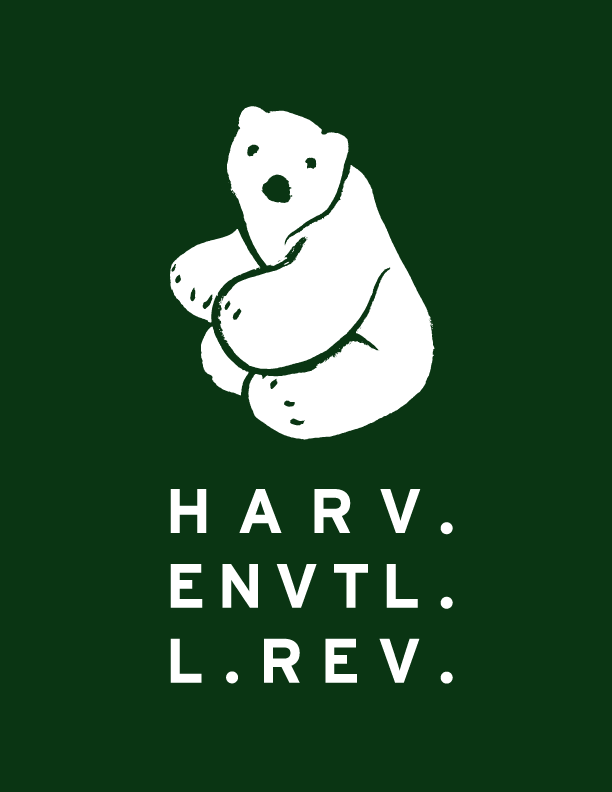
By Sachin Desai — Oct. 24, 2013 at 8:18am
What makes the Smart Grid “smart”? Of course the technology plays a role. Grid-scale batteries allow renewable energy generators to be more competitive. New smart meters allow homeowners to know which appliances are energy hogs. However, what also makes the Smart Grid “smart” is legal in nature. In particular, a unique approach is being undertaken to develop the standards and regulations that will govern the new grid. Professor Joel Eisen, one of the nation’s energy law experts, leads us through this critical aspect of the renewable energy revolution in an article and podcast published by the Harvard Environmental Law Review (HELR).
The Smart Grid has often been compared to the internet, a giant network, governed by an underlying set of traffic rules, which allows energy to travel, two-way, from place to place just like information. However, unlike the internet, the Smart Grid is being built in an environment with huge entrenched interests, as well as multiple federal and state regulatory agencies with diverging missions. The current grid consists of 3,200 electric utilities, interacting with even more suppliers and supporting businesses. To top it off, citizens groups are resisting the Smart Grid due to privacy concerns.
So how can all these different organizations come together to develop the common foundation of rules and standards that will govern the electric internet? One traditional route is command and control – where (federal) agencies set the rules after notice and comment. However, private groups and state agencies have fought against this approach, in large part arguing that federalism prevents the federal government from reaching into private homes and intrastate utility operations. Another traditional route is self-regulation – where the private sector set its own rules (many internet standards were set this way). However, getting so many actors with different incentives together on their own has proven difficult, to say the least.
Professor Eisen discusses an alternative: a novel, “democratically-led” process for rule-making. It’s a two-part process. First, the National Institute of Standards and Technology, through its Smart Grid Interoperability Panel (SGIP), has brought together hundreds of participants to set standards through negotiation and dialogue. SGIP can leverage its benign, disinterested status (it does not have regulatory power) to bring skeptics to the table. The Federal Energy Regulatory Commission (FERC) can turn those standards into legally enforceable regulations only once “sufficient consensus” has been reached among the body. This process, especially in light of recent FERC decisions, has allowed Smart Grid standards to be created and implemented in an environment otherwise resistant to change. Professor Eisen discusses this and more in his article, “Smart Regulation and Federalism for the Smart Grid,” published by HELR in the fall issue of Volume 37. Professor Eisen also sat down with Sachin Desai of HELR to talk about this article and the concepts behind it an HELR exclusive podcast, “Smart Rules for the Smart Grid.”

